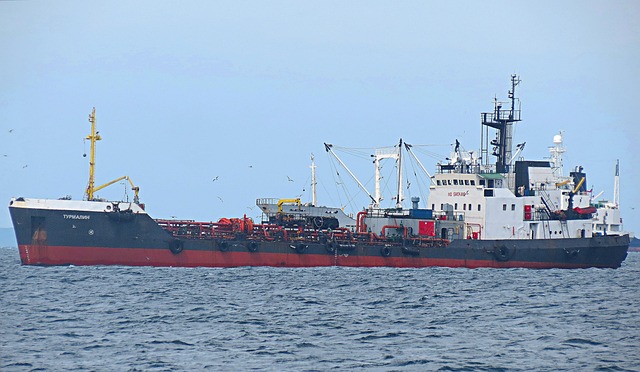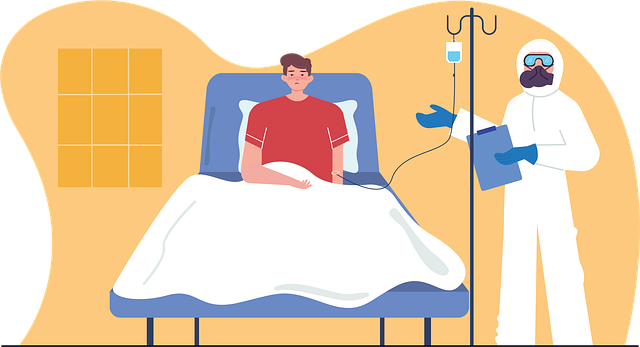The DOT406 tanker dome valve training simulator is an advanced prop that recreates the physics of a dome valve system, offering immersive, risk-free hands-on training for hazardous material (hazmat) handlers. This technology allows professionals to practice complex tasks like opening and closing tank domes on various tankers, enhancing safety and preparedness. By combining precise mechanics with high-fidelity visuals, these simulators provide customizable scenarios under different emergency conditions, optimizing learning outcomes and compliance with industry standards. Best practices in DOT406 hazmat training include leveraging simulation technologies, tailoring curricula to regulatory guidelines, fostering interactive learning, and incorporating regular refreshers and assessments.
“Unleash safer and more efficient cargo handling with the revolutionary DOT406 Tanker Dome Valve Training Simulator. This advanced technology offers an immersive experience, transforming traditional hazmat training into a dynamic, interactive process. In this comprehensive guide, we explore the benefits of combining Hazmat training with prop simulators, their key features, and best practices for implementing effective DOT406 training programs. Discover how these simulators are reshaping the landscape of cargo management.”
- Understanding DOT406 Tanker Dome Valve Training Simulators
- Benefits of Hazmat Training with Prop Simulators
- Key Features and Components of a Effective Simulator
- Best Practices for Implementing DOT406 Training Programs
Understanding DOT406 Tanker Dome Valve Training Simulators

DOT406 tanker dome valve training simulators are specialized tools designed to enhance safety and proficiency in hazardous material (hazmat) handling. These simulators provide a realistic, controlled environment for operators to practice complex valve manipulation tasks, such as opening, closing, and isolating tank domes on various types of tankers. By utilizing advanced propulsion technology and lifelike mechanical components, these simulators offer an immersive training experience that mirrors real-world operational conditions.
This innovative approach to hazmat training allows trainees to develop critical skills without exposing them to the risks associated with live demonstrations. The DOT406 prop, as it is often referred to, recreates the precise physics and mechanics of a dome valve system, enabling practitioners to gain invaluable hands-on experience. This type of training is particularly crucial for ensuring the safe transport of hazardous materials, as it helps mitigate human error and prepares professionals to handle unexpected situations effectively.
Benefits of Hazmat Training with Prop Simulators

Hazmat training with Prop Simulators, such as the DOT406 tanker dome valve simulator, offers a multitude of benefits that enhance safety and efficiency in hazardous material management. These simulators provide a controlled environment where professionals can practice complex procedures and gain hands-on experience without risking exposure to real-world dangers. By replicating the intricate mechanics and challenges of dome valve operations, prop simulators ensure operators are well-prepared for high-stakes situations.
Moreover, dot406 hazmat training prop simulators allow for consistent and measurable performance evaluation. Training sessions can be easily tracked, recorded, and analyzed, enabling instructors to identify areas where trainees may need further instruction. This data-driven approach optimizes learning outcomes and fosters a culture of continuous improvement within hazardous material handling teams. Ultimately, integrating these advanced training tools into safety protocols strengthens organizations’ ability to mitigate risks and maintain compliance with industry standards.
Key Features and Components of a Effective Simulator

An effective DOT406 tanker dome valve training simulator should incorporate several key features and components to ensure a realistic and engaging learning experience for hazardous material (hazmat) handlers. Firstly, it must accurately replicate the physical dynamics of the dome valve system, including smooth operation, resistance, and feedback, to mirror real-world conditions. This involves precise mechanical engineering to reproduce the intricate movements and forces encountered in actual DOT406 tanker operations.
Additionally, a comprehensive simulator should feature high-fidelity visual and auditory cues. Realistic 3D graphics can provide a clear view of the valve mechanism and surrounding environment, while immersive sound effects can enhance the overall experience, making it akin to being in a real hazmat training scenario. Integrating dynamic weather conditions and realistic lighting further adds to the authenticity. Moreover, the simulator should offer customizable scenarios, allowing trainees to practice various dome valve operations under different emergency conditions and scenarios, reinforcing their skills and preparedness.
Best Practices for Implementing DOT406 Training Programs

Implementing effective DOT406 hazmat training programs is paramount for ensuring safety and compliance in handling hazardous materials. To maximize the impact of these training sessions, several best practices should be followed. Firstly, utilize immersive simulation technologies like the DOT406 tanker dome valve simulator to provide hands-on experience in a controlled environment. This equips trainees with practical skills without risking real-world hazards. Secondly, tailor the training curriculum to align with regulatory guidelines and specific job roles, ensuring relevant content that addresses unique challenges faced by each team member.
Additionally, foster an interactive learning environment that encourages active participation and knowledge retention. Incorporate regular refreshers and update sessions to keep training current with evolving regulations and best practices in hazardous material handling. Regular assessments and feedback mechanisms should be employed to gauge trainee comprehension and identify areas for improvement within the program.














